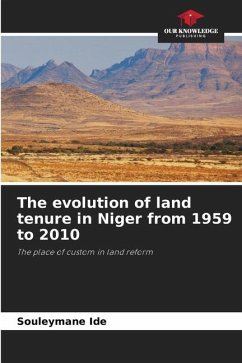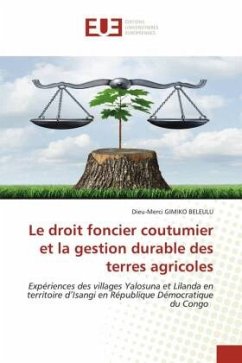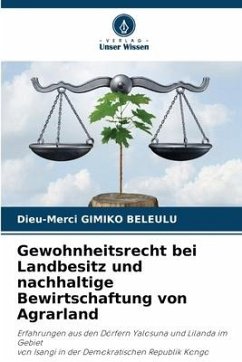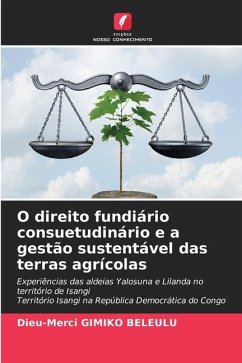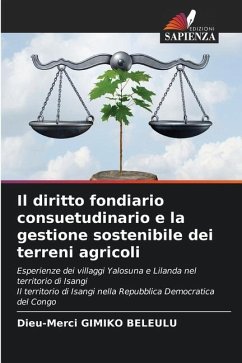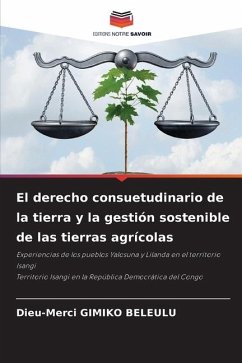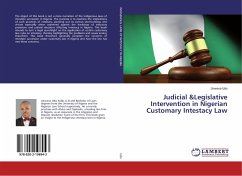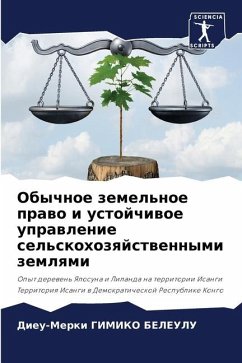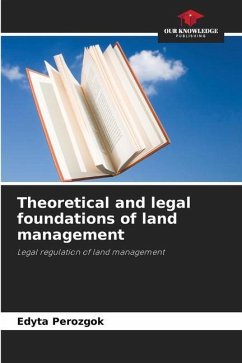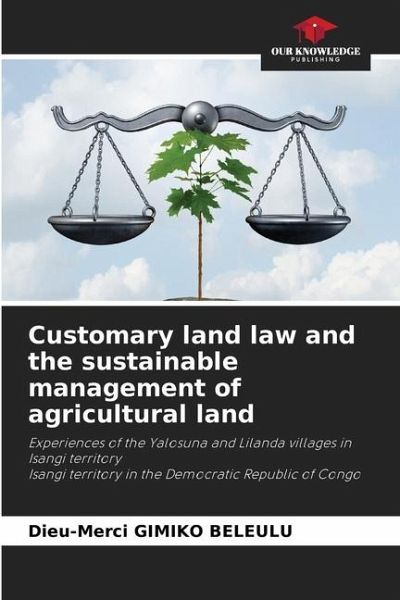
Customary land law and the sustainable management of agricultural land
Experiences of the Yalosuna and Lilanda villages in Isangi territoryIsangi territory in the Democratic Republic of Congo
Versandkostenfrei!
Versandfertig in 6-10 Tagen
29,99 €
inkl. MwSt.

PAYBACK Punkte
15 °P sammeln!
This book examines the role of customary land law in the sustainable management of agricultural land. The aim is to find out how customs organize the distribution and use of land, and to verify the existence of sustainable agricultural practices. The data collected and processed led to the following results: Land is collectively owned, with individual possession by natives through inheritance and accession. In Yalosuna, non-natives gain access to land mainly through rental or donation. In Lilanda, purchase and lease are the main means of access to land for non-natives. Slash-and-burn agricultu...
This book examines the role of customary land law in the sustainable management of agricultural land. The aim is to find out how customs organize the distribution and use of land, and to verify the existence of sustainable agricultural practices. The data collected and processed led to the following results: Land is collectively owned, with individual possession by natives through inheritance and accession. In Yalosuna, non-natives gain access to land mainly through rental or donation. In Lilanda, purchase and lease are the main means of access to land for non-natives. Slash-and-burn agriculture is practiced on small areas (0.3 to 2 ha) for ±3 months, sometimes 1 and 3 years. This short period of exploitation is justified by the need to gain new land for posterity, with declining fertility only a secondary consideration. Communities leave trees in the field. However, these trees are often left for reasons other than sustainable management. The vast majority of respondents do not plant trees, except those who have received seedlings from the REDD project.



